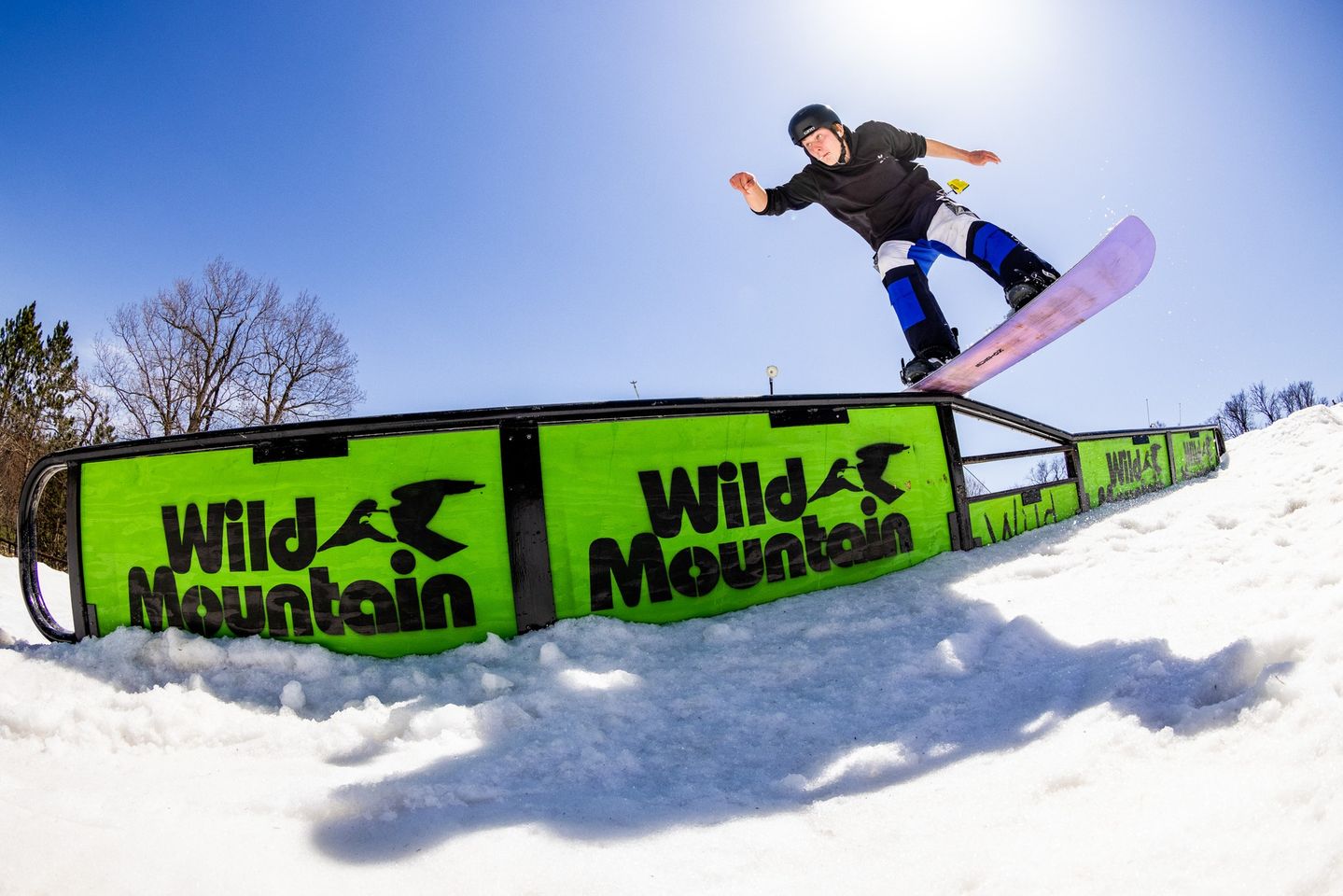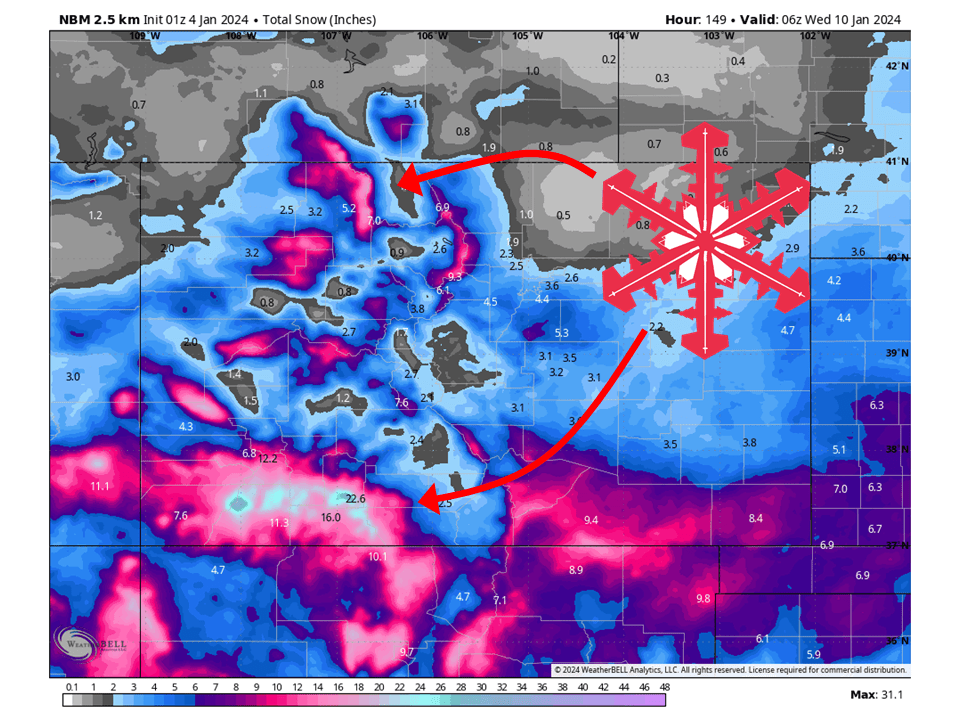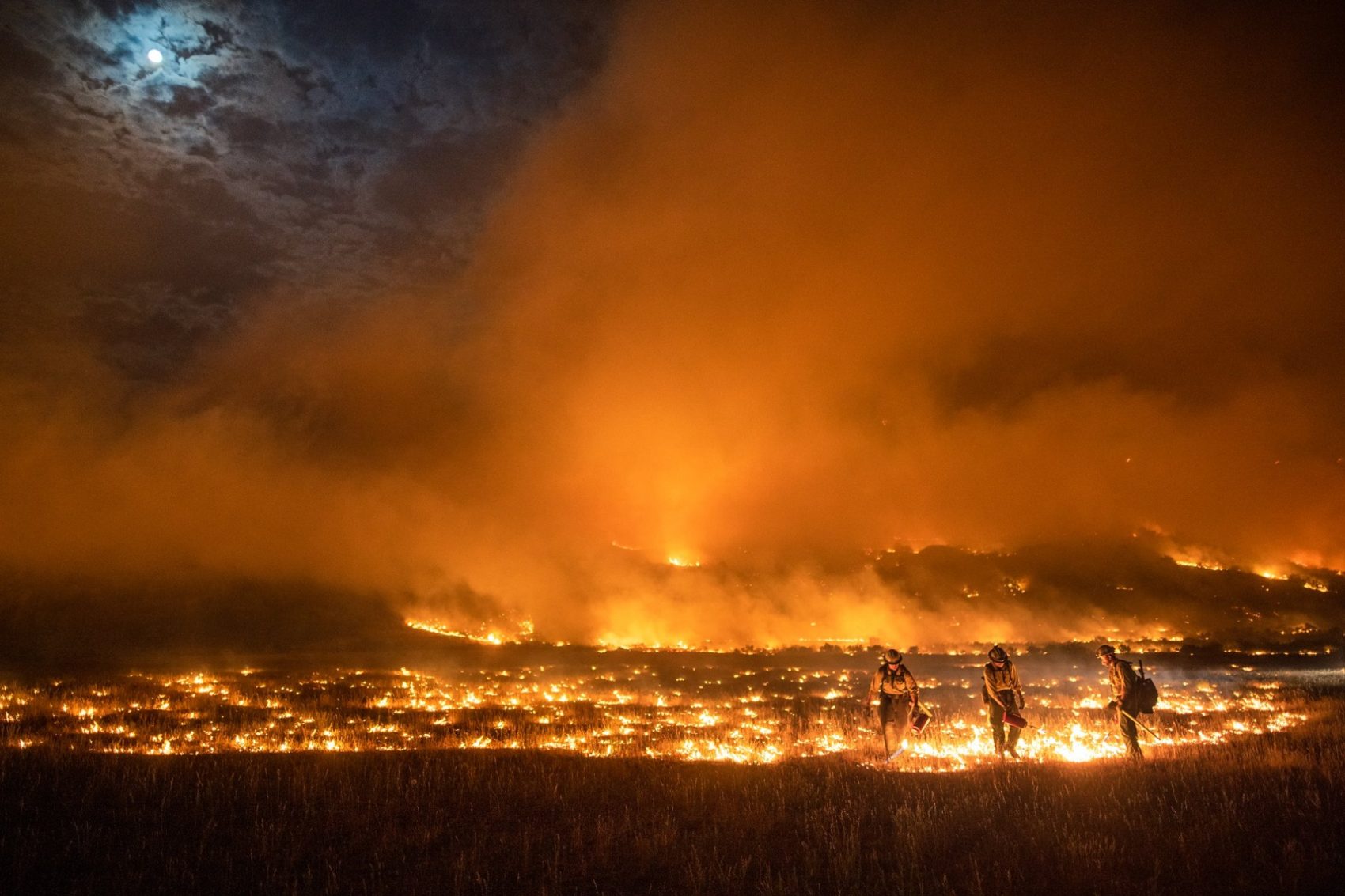
Colorado is currently fighting multiple large fires. With dry and hot conditions, these wildfires have ample fuel and weather to expand with little to no containment. Major fires currently burning include Cameron Peak Fire, Grizzly Creek Fire, Pine Gultch Fire, and Williams Fork Fire. Each fire will be broken down below, but first, we must look at why Colorado is seeing one of its worst fire years in recent memory.
Each summer Colorado generally sees monsoon conditions from June-August. A monsoon refers to wind patterns and not rain; a common misconception. This wind pattern is associated with the North American Monsoon which occurs each summer in the South-Western United States. Hot inland temperatures in the summer spur low-level jet streams to push air and moisture from both the Gulf of Mexico and the Gulf of California overland. While these do typically mean that there will be prolonged rains, there is such thing as a dry monsoon (I won’t go into this but you can read about it here).
This start and duration of monsoons vary from year to year, but the rains do a lot to help reduce fire danger across Colorado. This year, the monsoon started in late July and did not have a prolonged visit. A short-lived monsoon with already below-average rainfall this summer has helped turn the state into a tinderbox waiting to ignite, and ignite it did.
Within the past 2 weeks, all four of the list of major fire above started to burn and expand rapidly. Currently, the weather forecast does not look promising as only a small to medium chance of thunderstorms and rain are forecast for the next week. Let’s break down these fires one-by-one.
Pine Gulch Fire
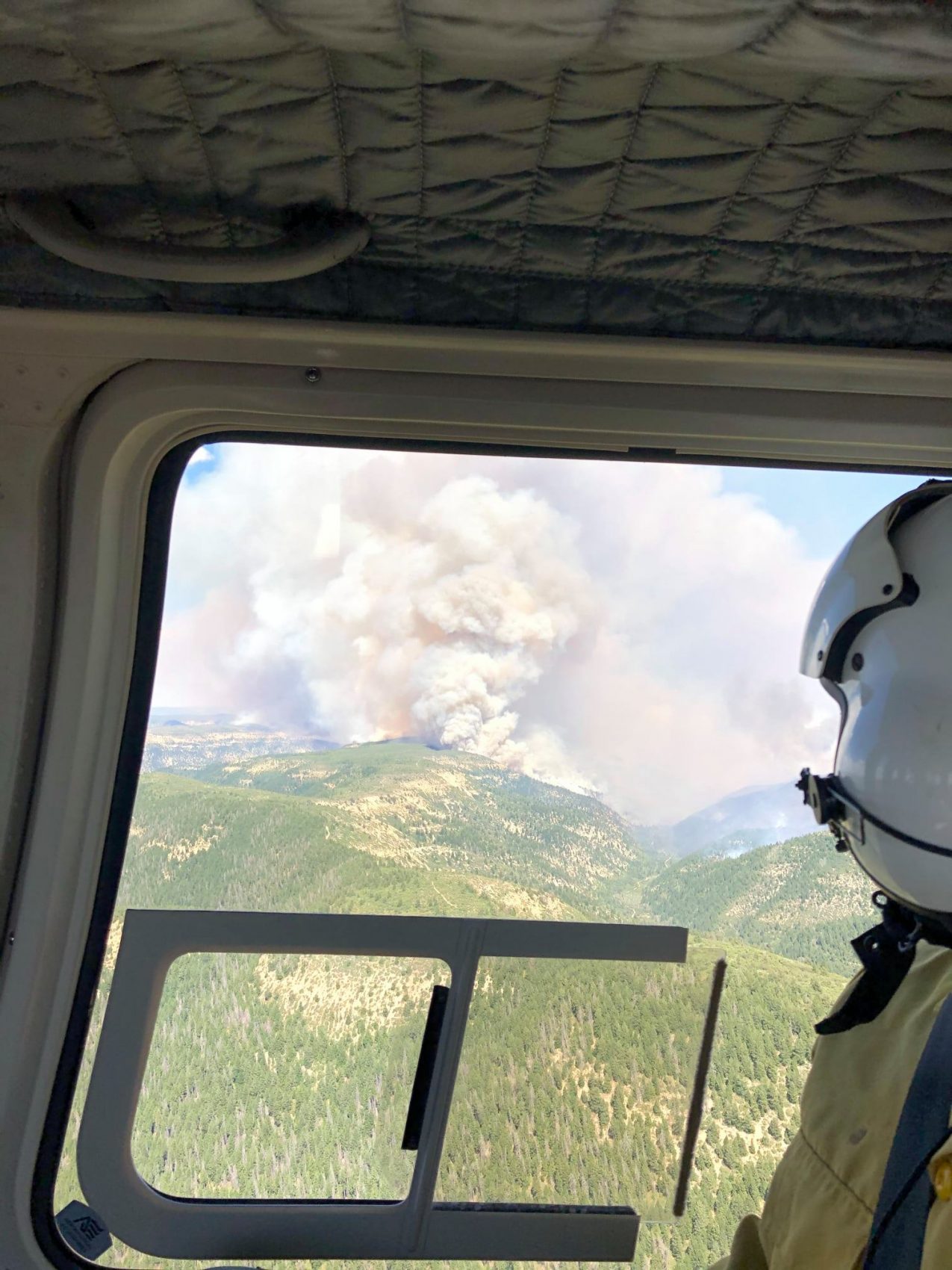
The Pine Gultch Fire is both the biggest and longest sustained major fire in the state. Starting on July 31st from a lighting strike 18 miles north of Grand Junction, this fire has quickly become the 3rd largest ever in Colorado history. The fire has already burned 87,778 acres and has 7% containment. The land is remote with ample fuel for the fire to burn and expand. Teams fighting the fire are currently working to both scout possible fire expansion as well as build and maintain fire lines. With temperatures in the 90’s and extremely low humidity (7%), the weather is not on the side of the teams working it. More than 800 firefighters are currently battling the inferno day and night.
Grizzly Creek Fire
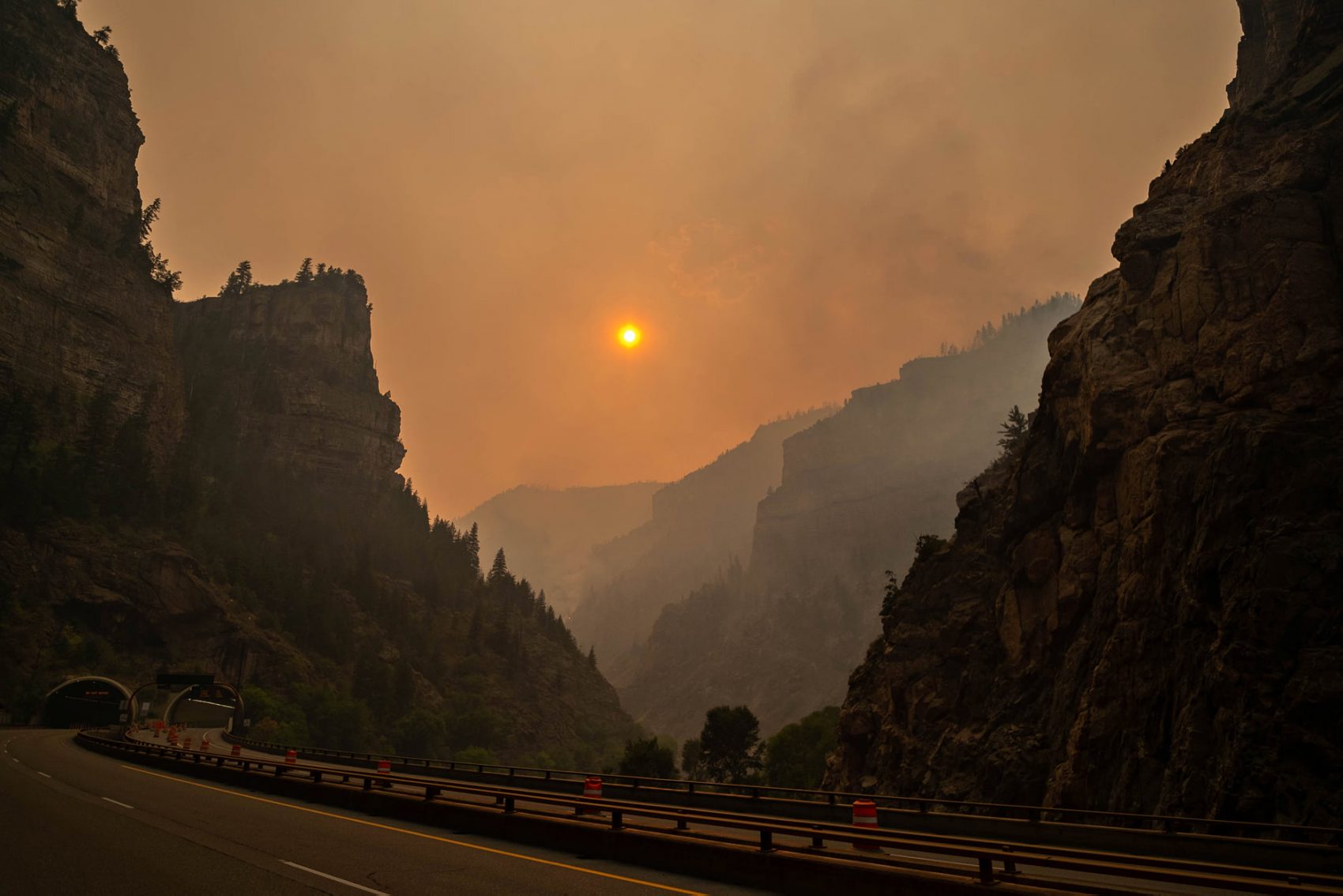
The Grizzly Creek fire started on August 10th from an unknown cause. As of August 17th, the fire had burned approximately 27,000 acres. Located within the famous Glennwood Canyon, the terrain is extremely difficult to deal with. There is currently 0% containment of the fire although there have been small successes in mitigating structure loss. The Bair Ranch was saved from incoming flames by quick team responses setting up a fire line. Luckily it appears that the famous Hanging Lake has been spared the brunt of the flames. The upper section of the trail along with vegetation surrounding the lake are in tack thankfully. Aerial drops are being used to help fight the fire in areas that it is difficult or impossible to get to by ground.
I-70 has been closed both east and westbound from Glenwood Springs to Gypsum due to the rapid expansion of the Grizzly Creek Fire. If traveling through the area be aware of the closures and the alternative routes.
Cameron Peak Fire
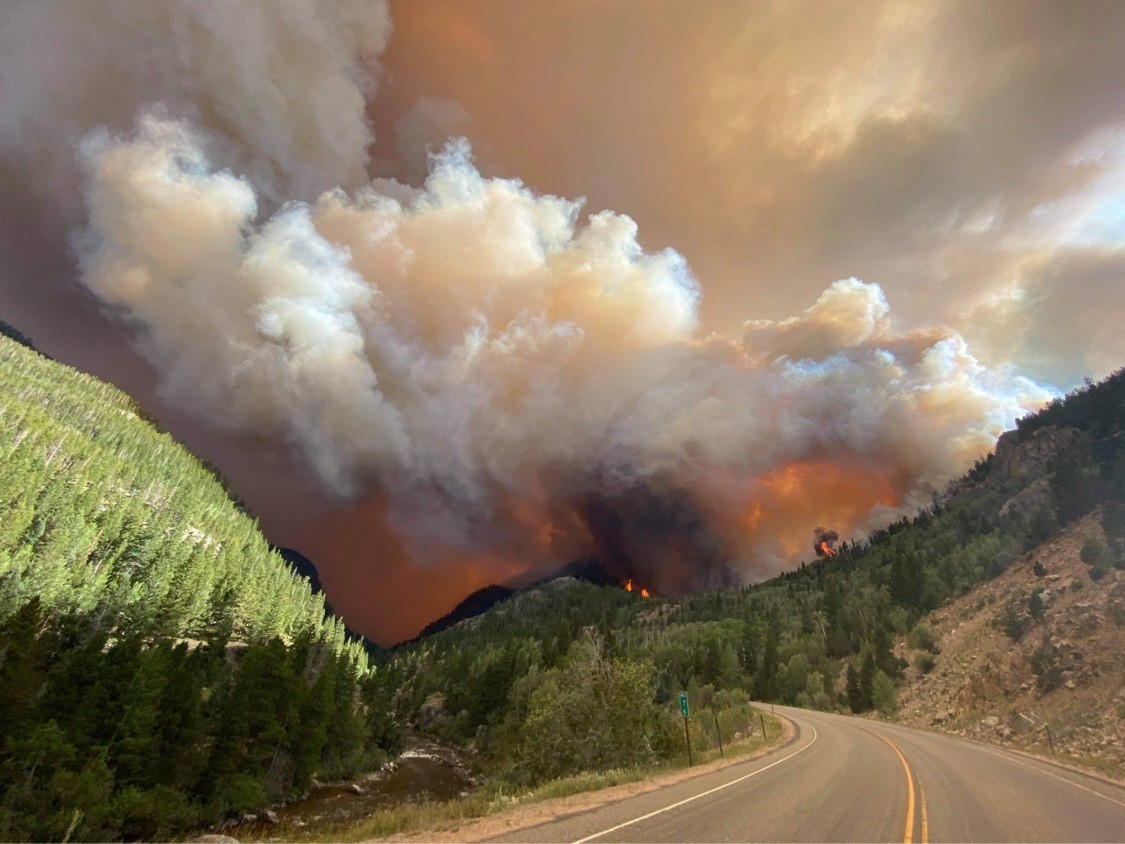
The Cameron Peak fire is currently raging along Cameron Pass, just north of Rocky Mountain National Park. The fire started on Thursday, August 13th from unknown origins. With rough terrain, extremely dry fuel the fire has quickly grown to over 14,000 acres as of August 17th. The teams working the fire are doing extensive structure protection. Like the other fires, the weather is also not helping. There is a possibility of dry thunderstorms in the forecast, but the area is unlikely to receive needed rain. The fire has seen the largest growth in the west and southwest sectors along the Rawah Wilderness and Cameron Pass. Currently, there is 0% containment.
Williams Fork Fire
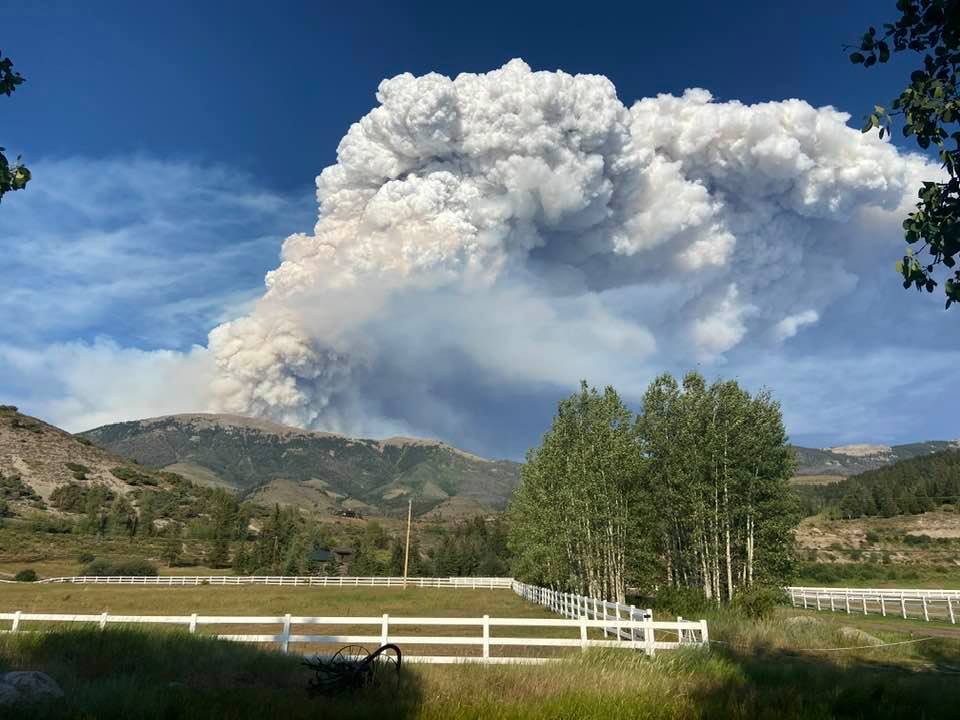
15 miles south-west of Fraser, Colorado, the 4th major fire is burning. The fire started on Friday, August 14th and the cause of the fire is listed as human-caused. As of August 17th, the fire’s size was put at 6,627 acres. The major concern regarding the length of time needed to fight this fire is the fuel type. The flames are raging in an area of extensive beetle kill forest where there is ample fuel for growth. For anyone who has driven the I-70 corridor from Denver to Summit County, you know just how much beetle kill there is out there. The largest growth of the fire is being seen on the eastern side moving towards Evelyn Lake within the Byers Creek Wilderness. The crews have seen positive results implementing fire retardant airdrops, curtailing its advance. Like the other fire, rain is not expected to fall on the fire in the short/medium-term forecast.
These major fires are causing smoke to fill into many intermountain regions as well as the Denver Metro Area. Due to this, there is a long list of health advisories in effect for the state regarding smoke. You can read the list of advisories here. In short, if you are currently in a region with smoke avoid going outside for long periods of time (especially if you are considered a sensitive group). Below is the current forecast of near-surface smoke for Colorado from NOAA.
Additionally, if you are planning to camp in Colorado, or anywhere in the western states, please be aware that you can start fires. Take extra care when putting out a fire and follow all posted fire restrictions in place. While not all of these fires were human-caused, the Williams Fork Fire could have been avoided. Let’s all pray for Colorado and do a long rain dance to help better the weather :).
Thank you to all the firefighters currently fighting these fires. Your tireless work does not go unnoticed.
Helpful sources to say up to date on fire, health, and road conditions in Colorado:
Fire Weather & Avalanche Center
Colorado Department of Public Health & Environment

